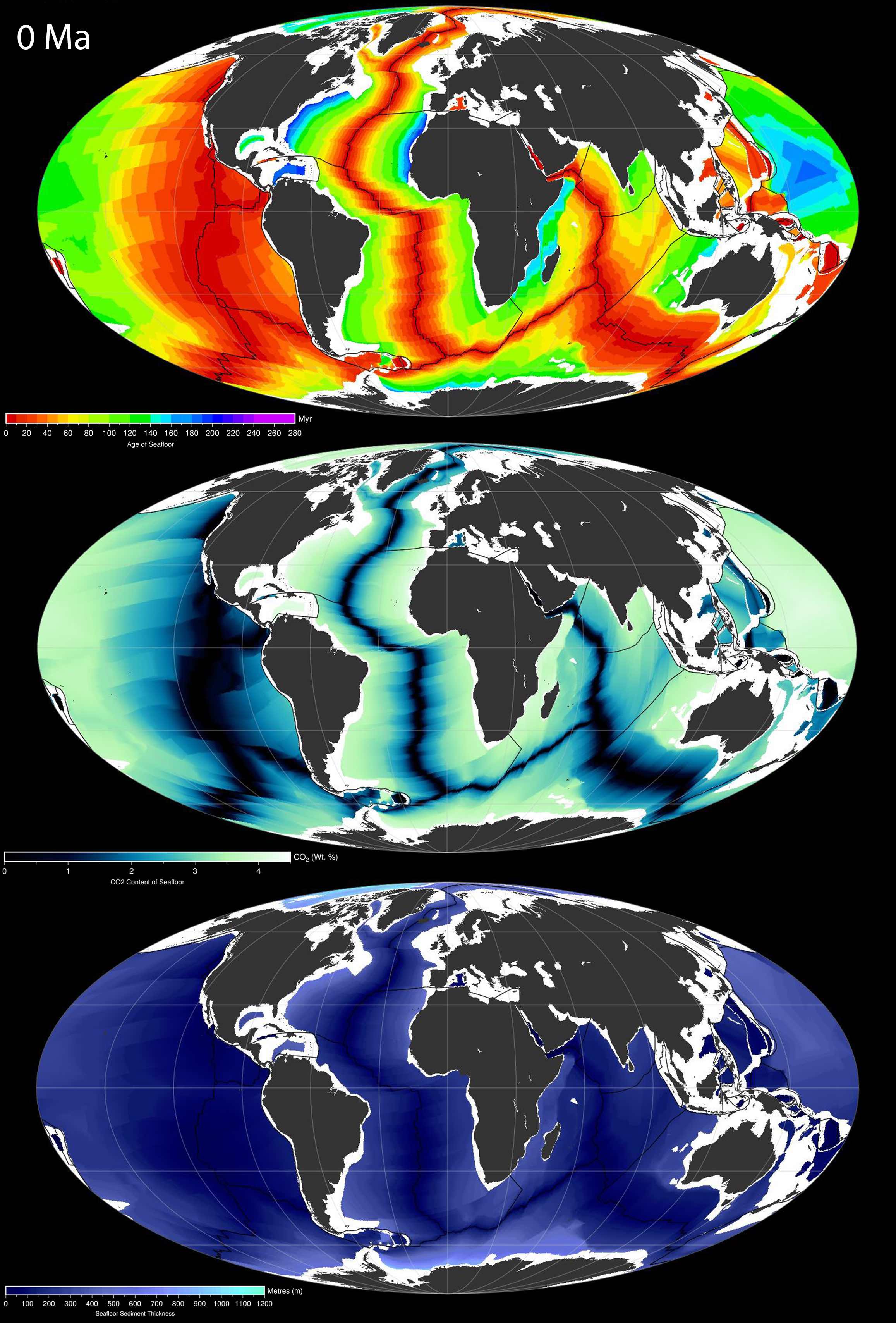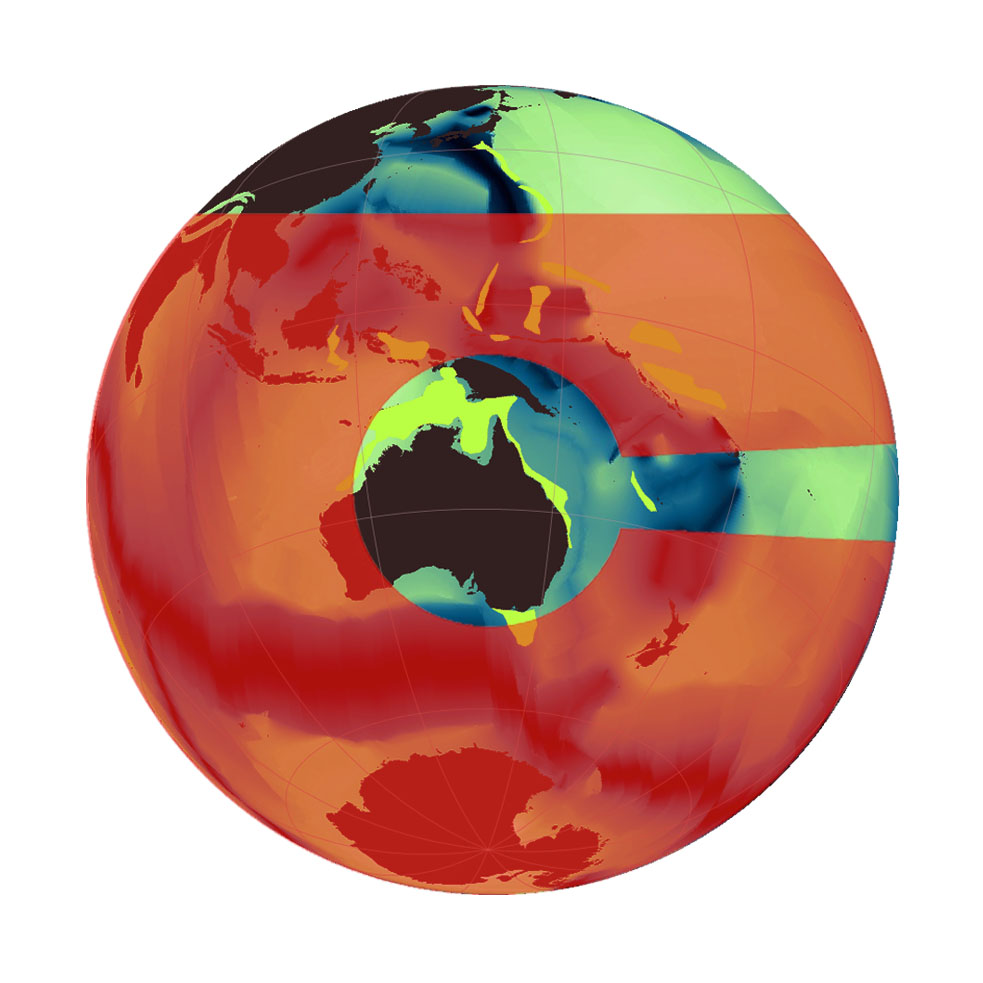Subduction zone lengths: A modelled reality?
In order to see how well the Matthews et al. (2016) plate kinematic model (Figure 2) can be relied upon to represent subduction zone length variations through time, we measured plate boundaries from the Bird (2003) global plate boundary data set (Figure 1). This was achieved using a combination of ArcGIS and our subduction zone analysis tools. … Read more…


